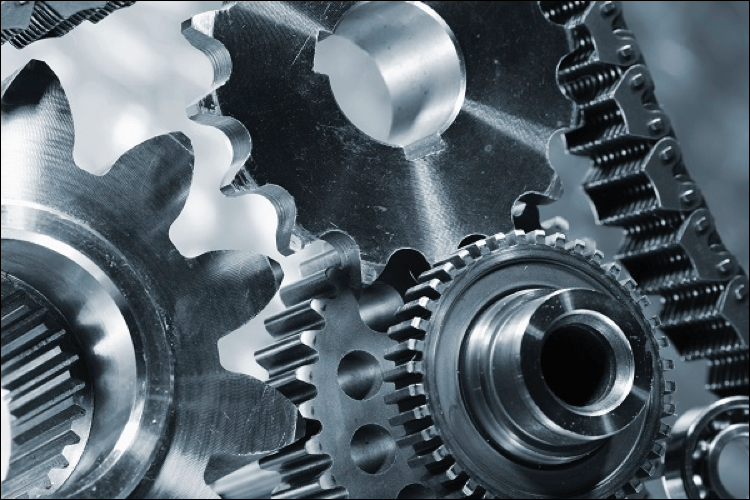
The aerospace and automotive industries are witnessing transformative advancements in component longevity through laser cladding repair technology. This precision surface engineering method delivers unparalleled metallurgical bonding for titanium alloy shafts, addressing critical wear and fatigue issues without compromising base material integrity.
Modern laser cladding systems achieve defect-free deposition layers through synchronized control of coaxial powder feeding and Gaussian beam distribution. The process necessitates rigorous parameter optimization, particularly in balancing specific energy density with solidification rates to prevent deleterious phase transformations. Advanced shielding gas compositions effectively mitigate oxidation risks inherent in titanium processing.
Material selection constitutes the technological cornerstone, with emerging Ti-based metal matrix composites demonstrating superior performance metrics. The strategic incorporation of ceramic reinforcements enhances tribological properties while maintaining essential fracture toughness. Contemporary research focuses on developing functionally graded materials that accommodate thermomechanical stress gradients in rotating components.

Industrial applications validate the technology's reliability, with repaired shafts exhibiting restored fatigue strength and augmented surface hardness. The automotive sector benefits from reduced downtime through in-situ repair capabilities, whereas aerospace implementations require stringent quality assurance protocols including phased array ultrasonic testing. Future developments point toward hybrid manufacturing systems integrating adaptive path planning algorithms and real-time melt pool monitoring.
Environmental considerations drive innovations in powder recycling systems and energy-efficient pulsed laser configurations. The technology's sustainability profile strengthens through minimized material waste compared to conventional subtractive methods. As industrial IoT platforms mature, predictive maintenance systems will leverage cladding data analytics to optimize repair intervals and extend service life.




